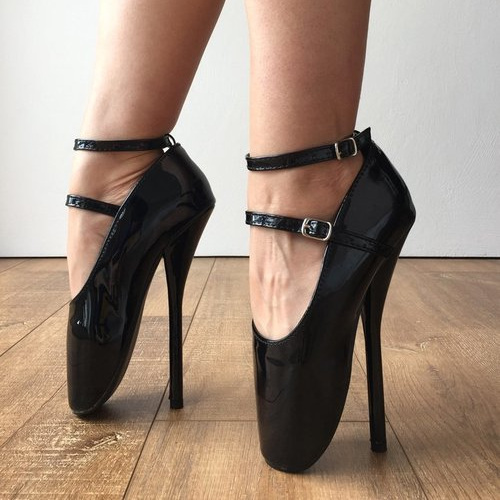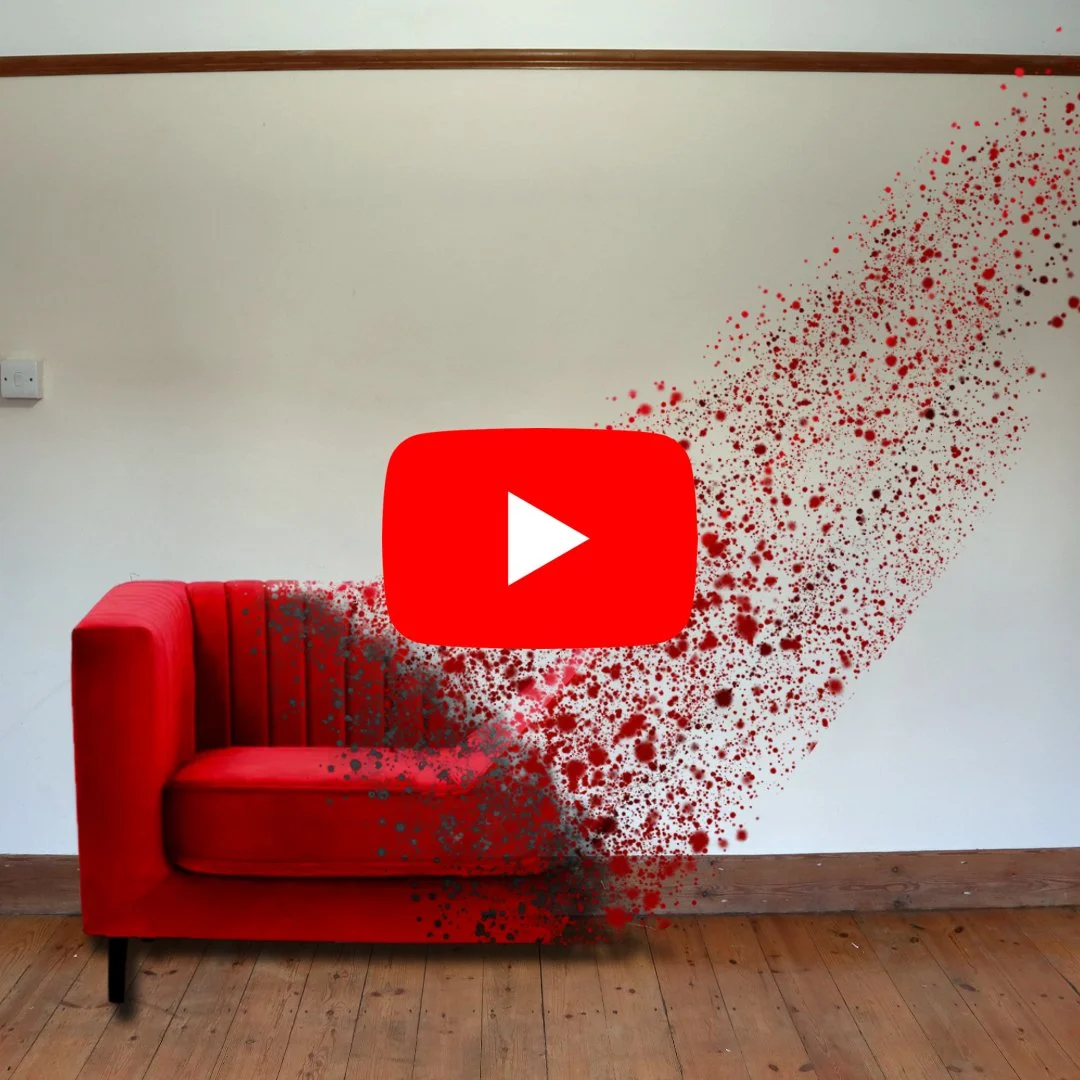A brief history of Curious Footwear
For most of our time here as a species we’ve been mooching around barefoot as our feet are superbly engineered to deal with rough and uneven terrain. The body is remarkably efficient and if you don’t use something you’ll lose it; hence why a lot of us suffer issues of over-pronation, collapsed arches and plantarfasciitis. The barefoot movement of the last decade has sought to unshackle our feet from the casts of shoes, supported by the resurgence of interest in all things wild and natural. Speaking of natural, let’s not confuse it with what we think of as normal. Normality changes depending on the culture and the time, whereas natural is immutable and what’s good for us now has always been good for us (think fresh air, community, nutrient dense food).
It’s hard to step out of the culture we’re born and bred in, to reframe what we used to see as normal, we get a glimpse of this when we travel to countries with completely different cultures and values to ours - and how foreign daily life feels. I want you to consider what our culture has defined as normal, see if you can step outside of it and observe it with fresh eyes. As you walk down the street or are in a coffee shop, have a curious look as to what people have chosen to put on their feet and remind yourself that some of the shoes illustrated below, which seem completely ridiculous to our eyes now but were the height of fashion and status in the past.
The agricultural revolution brought with it huge changes in how we live our lives and birthed the wealthy leisured class who outsourced their movement to others, through the unsavoury practice of slavery. One way to distinguish themselves from the lower classes was to wear completely impractical footwear; form and function completely diverged with the emergence of heels because there’s no way you’re going to toil the land with those things on your feet!
So many of us feel the pressure to conform to idealised standards of beauty, especially in a capitalist culture that directly profits off reminding us what we’re lacking - we just need to buy this seasons shoe to complete us. High heels are not a substitute for actual self-worth and an empowered life, no matter what the advertisers tell you.
Some of history’s most curious footwear
CHINESE LOTUS SHOES | The first recorded binding occurred in the 10th century and, by the 17th century, every girl who wished to marry had her feet bound. Foot binding consisted in folding the foot’s four toes under the sole of the foot to fashion a cone shaped foot with the big toe at the tip. The binding rituals were initiated, on little girls by their mothers, between the ages of 3 to 5, until permanent results were obtained. Tightly bound with toes folded under the foot’s sole, foot growth was thus reduced in length to a tiny 3-inch foot, a process causing excruciating pain, and irreversible damage to structural and neurological integrity, resulting in an impossibility to both stand and walk normally, in other words, permanent crippling.
KABKABS | The name ‘kabkab’ is derived from the sound they make when walking on marble floors and were once a practical way for women in the Middle East to protect themselves from dirt and discomfort on wet, muddy streets and in hot, wet bathhouses. Those belonging to the wealthy were often richly inlaid with mother of pearl. The uppers were embroidered with silver, gold or pewter wire. For special occasions, like a wedding, the wooden stilts were entirely covered with intricately decorated silver, or with small silver ornaments. Many times brides were very young girls and, therefore, small in stature. To compensate this, bridal kabkabs were sometimes made as high as two feet. Socially, kabkabs were only worn by women.
BALLET POINTE SHOES | The birth of the modern pointe shoe is often attributed to the early 20th-century Russian ballerina, Anna Pavlova, who was one of the most famous and influential dancers of her time. Pavlova had particularly high, arched insteps, which left her vulnerable to injury when dancing en pointe. She also had slender, tapered feet, which resulted in excessive pressure on her big toes. To compensate for this, she inserted toughened leather soles into her shoes for extra support and flattened and hardened the toe area to form a box.
OKOBO SANDALS | Okobo are made of one piece of solid wood forming the sole. The hight of Okobo shoes generally measures at 5 1/2 inches (14 cm), and the wood sole is carved hollow, giving them a very distinctive sound when one walks in them. In fact, the word Okobo is an onomatopoeia, that is it represents the sound of walking in them. A V-shaped thong of cloth forms the upper part of the sandal. The color of the cloth depends on the status of the maiko. For instance, a new maiko will wear red, while one who has nearly finished her apprenticeship will wear yellow.
CHOPINES | The pedestal-like chopine of the late 15th to the early 17th centuries transformed the upper-class European woman into a towering figure. Especially popular in Venice, the shoes were so exceptionally high - sometimes up to 54 cm - that maids were used as crutches. Chopines were completely hidden under skirts. The higher the footwear, the more cloth was required for the dress, another indication of status.
HIGH HEELS | The origin of high-heels can be traced back to 15th century Persia when soldiers wore them to help secure their feet in stirrups. Persian migrants brought the shoe trend to Europe, where male aristocrats wore them to appear taller and more formidable.
- F























What are the most common misconceptions about furniture free? Well these are my top three!